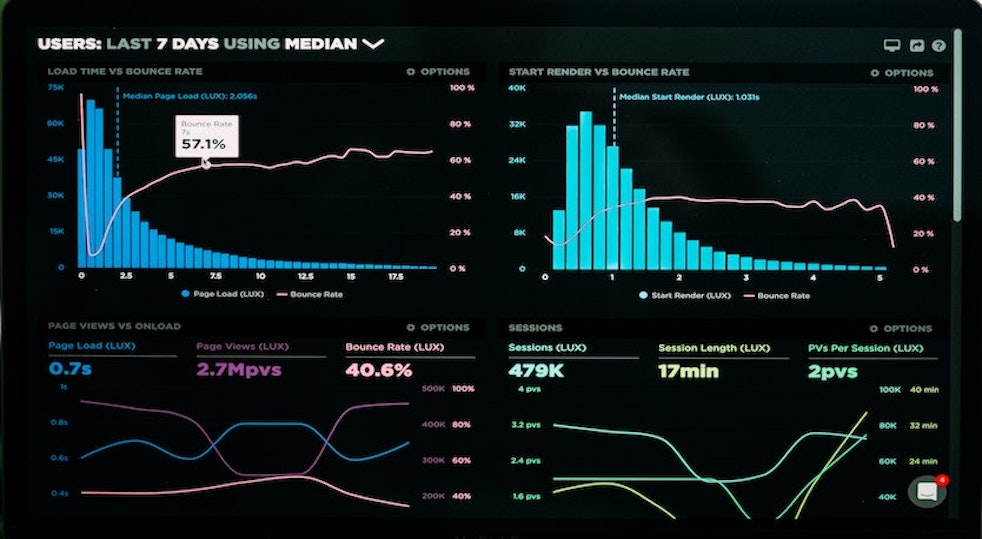To complement our series of QuickReads covering measurement, we will now explore the various data…
Continuous Improvement 2014: Engaging in the Culture
 Since the global recession in 2008 thousands of SMEs and big businesses have closed, whilst the public and third sectors have seen massive reductions in funding threatening service delivery if not forcing total cessation. There is no doubt an economic downturn can be a company and service killer, particularly for those organisations that lack robust business practices.
Since the global recession in 2008 thousands of SMEs and big businesses have closed, whilst the public and third sectors have seen massive reductions in funding threatening service delivery if not forcing total cessation. There is no doubt an economic downturn can be a company and service killer, particularly for those organisations that lack robust business practices.
There is however some positives to be gained whilst operating through difficult times. Struggling through a recession can be the catalyst to empower an organisation not only to survive but to change the way it operates forever. Adopting a culture of Continuous Improvement can be instrumental in not only ensuring survival but can create a continual journey towards a more secure future.
As Henry Ford famously stated:
“If you always do what you’ve always done, you’ll always get what you’ve always got.”
Continuous Improvement (CI) is often referred to the Japanese term ‘Kaizen’ which translated means ‘Change for the Better’ and should be applied throughout the organisation. CI is an on-going effort to improve products, services and processes to provide excellence and added value for the customer or service user. It involves making continual small improvements to a process rather than big changes at irregular intervals. CI needs engagement and team work where everyone feels a responsibility and a part to play in affecting improvements.
Since first being applied in Japanese manufacturing processes CI is now seen throughout all manner of industries, companies and organisations, both public and private, and is a never ending approach to improving performance to meet the constantly changing needs of customers and stakeholders. Although there is not a ‘one fit all’ approach with CI, key features such as identifying the vision, embedding the culture and putting in place the resources needed to achieve results remain as standard for success. There are many methodologies, tools and processes that fall under the CI umbrella such as lean, kaizen, six sigma, agile, systems thinking etc however without employees embracing CI and adopting changed processes, improvement won’t happen.
Once CI has been established as part of the DNA and is accepted a ‘business as usual’ the potential benefits are substantial, and all the more valuable at a time when financial budgets are severely constrained. To this end in 2011 the government approved a continuous improvement strategy for all central government departments, requiring them to introduce and embed continuous improvement principles. This continuous improvement also forms a key aspect of the civil service reform plan. Many local authorities, health bodies and other government agencies are now also introducing CI into their daily activities to transform services and improve performance. The private sector is some ways ahead of the public sector in terms of CI take up and there are many examples of performance improvement.
At Continuous Improvement 2014 the process of establishing, designing and maintaining a culture of CI will be examined and a series of best practice case studies from both the public and private sectors will be shared bringing the immeasurable benefits of a Continuous Improvement strategy to life.
In 2011 the government approved a continuous improvement strategy for all central government departments, requiring them to introduce and embed continuous improvement principles. This continuous improvement also forms a key aspect of the civil service reform plan.
Continuous improvement involves systematically using methods and techniques that have been proven to improve efficiency in both the public and private sectors. The methods include Six Sigma, Lean, and Systems Thinking.
The document Using Continuous Improvement Methods in Government explains that The Cabinet Office is helping every government department, as well as many agencies and arms-length bodies, to improve the way they work with an aim that all central departments will have produced benefits by 2015 as a result of continuous improvement techniques.
The Cabinet Office is enabling this to happen by:
- working with Civil Service Learning to establish what is required to support continuous improvement working methods
- making it easier to move staff with experience of continuous improvement between departments to help maximise the return on investment departments have spent in training staff already, encouraging departments and agencies to work together and reducing spending on external consultants
- developing benefits, guidance and an assurance model to make sure basic standards are established and improvements are measured – from 2013, the Cabinet Office has asked departments to report return on investment figures quarterly
- designing and putting in place ways to maintain continuous improvement throughout the public sector, including continuing to work with the Institute for continuous improvement in the Public Sector (ICiPS)
The Cabinet Office has developed a continuous improvement resourcing model to help make the best use of government owned continuous improvement-trained resource, and to provide short to medium term support to departments and agencies across government.
The model is designed to help projects that will benefit from receiving expertise in continuous improvement, so that the working principles of continuous improvement (concentrating on what customers value; cutting out waste and duplication, and empowering staff to improve what they do and how they do it so they can improve quality for the same cost, or maintain the same quality for less) can quickly become standard methods used in government. This model has been piloted in 2013.
In June 2012 Francis Maude published the Civil Service Reform Plan .This Plan set out a series of specific and practical actions for reform, which, when implemented, will lead to real change for the Civil Service. It is a working document was the first stage of a continuing programme of reform. Within is opening statement Francis Maude describes an example of lean continuous improvement as an example of best practice within a HMRC department and formulates part of the reform plans.
Confirmed Speakers:
Kate Silver
Director ICiPS & Deputy Director, Continuous Improvement & Capability Reviews
Cabinet Office
Cllr Paul Bettison
Chairman
Improvement and Efficiency Social Enterprise (iESE) & Leader Bracknell Forest Unitary Authority
Sarah Lethbridge
Director of Executive Education
Cardiff Business School
Reproduced from the conference website by kind permission.



